Aston Martin DBX: Everything's an SUV, and So Is This Aston

After years of rumors and real-world development, Aston Martin has finally joined the SUV crew. Among its members these days? Bentley, Rolls-Royce, Maserati, Alfa Romeo, Lamborghini, and Jaguar, with the likes of Lotus and Ferrari eager to join this high-riding posse of automotive misfits.
The DBX is a two-row utility vehicle boasting a profile you can find elsewhere in the industry and an engine sourced from the Germans. It’s a twin-turbocharged 4.0-liter V8 borrowed from AMG, and it motivates this largest-ever Aston with 542 horsepower and 516 pound-feet of torque. Price? If you need to ask, you cannot afford.
Having said that, the DBX starts at $189,000 before destination. Standard content is… considerable, as this is more than just a crossover with a face emulating the DB3, DB4, DB5, and so on.
Built on a dedicated aluminum platform, the DBX, which goes on sale in the second half of 2020, is a luxurious vehicle. It has to be, or it’s not an Aston Martin. The British automaker took pains to project elegance via a bodystyle that often isn’t — the B-pillar gets a glass coat in order to present a seamless greenhouse to the world, while window glass arrives sans frames.
Steeply-raked rear glass improves the vehicle’s profile while hindering rear cargo volume. There’s 22.3 cubic feet behind those plus rear seats, though cargo volume usually isn’t the topmost of considerations when purchasing an Aston Martin. Nor is rock-clearing height, even though the DBX’s air suspension allows the driver to increase ground clearance above the standard 7.8 inches to the tune of an extra 1.8 inches. Should you encounter a peaceful creek or stream in your off-road adventures, the automaker wishes to let you know that the DBX can wade through 19.7 inches of the wet stuff.
News you can use!
Crossing the Rubicon in the literal sense does increase the danger of scuffing the model’s 22-inch wheels, so proceed with caution. Escaping from bad guys in an old G-Wagen on twisting European roads should also be a breeze, as the model employs brake-based torque vectoring with its all-wheel drive system, aided in keeping the vehicle planted by an air suspension with 48-volt anti-roll system. The AWD doles out torque in a 47/53 front-rear split. If you need it, almost 100 percent of available twist will make it to the rear wheels, allowing for cinematic rooster tails at just the right moment.
The engine’s grunt, by the way, makes it to the wheels through a nine-speed automatic. 60 mph should arrive in 4.3 seconds, with six drive modes on hand to help tailor your vehicle’s ride to the changing terrain or weather.
Inside, it’s options galore, not least of which concerns the seats. You can have those pretty much any way you choose, including in an upholstery that’s a mix of Australian lamb’s wool mixed with synthetic fibers. Front the cash, and Aston’s bespoke Q branch will add it for you. Leather, of course, would be the proper British thing to go for, and it’s here in spades.
Gauges? They’re there, displayed on a 12.3-inch screen, while infotainment duties are handled by a 10.25-inch screen mounted dead-square in the dash, not on top of it.
If none of this appeals to you, the wealthy reader, the last thing Aston can throw at you is luggage. It’s available, and it’s supple.
[Images: Aston Martin]

More by Steph Willems
Latest Car Reviews
Read moreLatest Product Reviews
Read moreRecent Comments
- FreedMike Your Ford AI instructor:
- Jeff Good find I cannot remember when I last saw one of these but in the 70s they were all over the place.
- CoastieLenn Could be a smart move though. Once the standard (that Tesla owns and designed) is set, Tesla bows out of the market while still owning the rights to the design. Other companies come in and purchase rights to use it, and Tesla can sit back and profit off the design without having to lay out capital to continue to build the network.
- FreedMike "...it may also be true that they worry that the platform is influencing an entire generation with quick hits of liberal political thought and economic theory."Uh...have you been on TikTok lately? Plenty of FJB/MAGA stuff going on there.
- AZFelix As a child I loved the look and feel of the 'woven' black vinyl seat inserts.



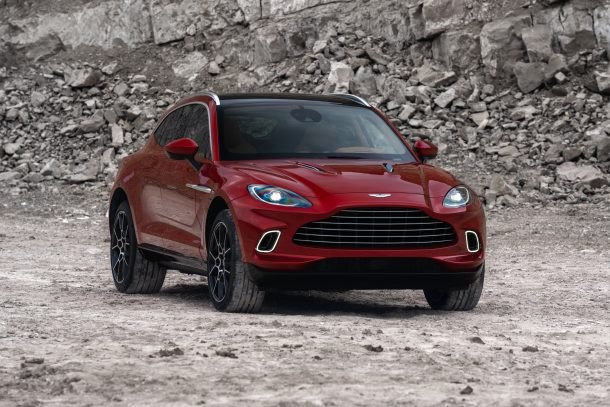















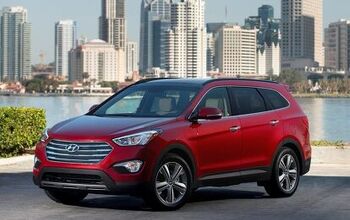
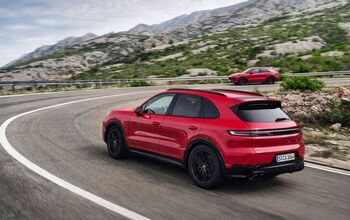
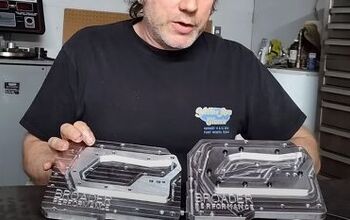
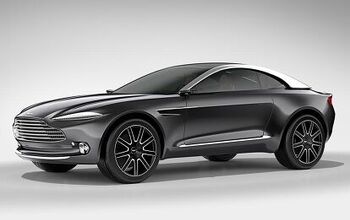
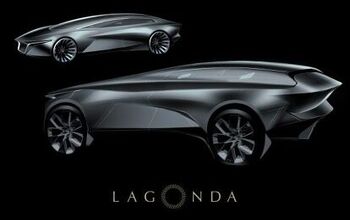
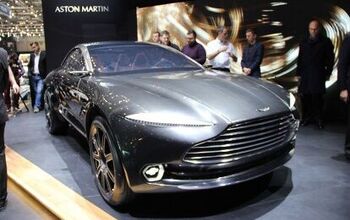
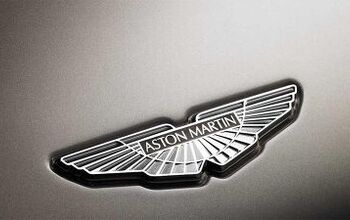
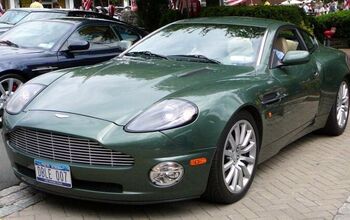
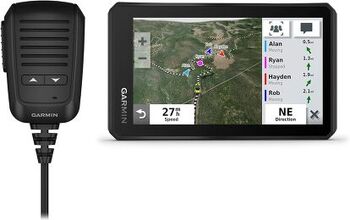


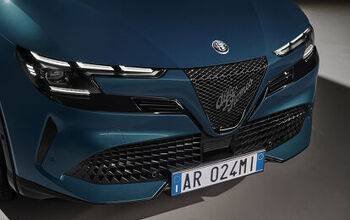
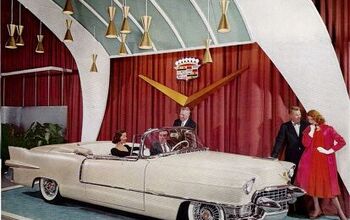

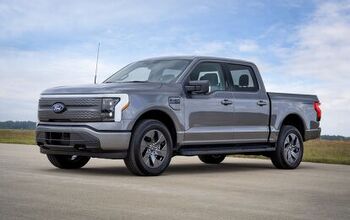
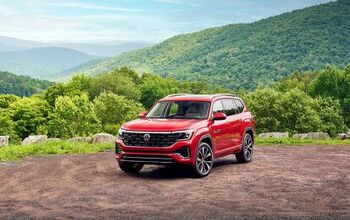
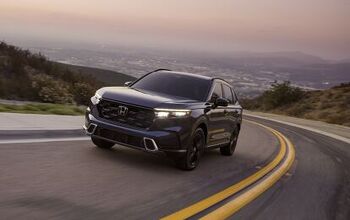

Comments
Join the conversation
scott25: I agree that the front end and interior are much better and better looking, respectively, than that of/in most other luxury crossovers. So I am amending my previous comprehensive slam in those respects. The side profile and rear end are a mess, though, like most crossovers, and to be very candid, the side profile is just way too busy, to the point of being laughably overwrought, and the rear could literally be mistaken for any of a dozen other manufacturers (some that make crossovers that cost literally an eighth of this). It pains me to state all of this, as I believe that Aston Martin designers/stylists have produced some of the best and most elegant designs in recent (or not so recent) history, such as the 2-Litre Sports, the DB4 GT Zagato, and the circa-2005 V8 Vantage (especially in silver, one of the top 20 - maybe 12 - best looking/styled vehicles of all time IMO). But as with many makes, the exquisite styling that comes to define many of their legendary coupes or sedans does not translate or carryover to their crossovers.
The new spelling for station wagon - SUV or CUV. Either spelling is acceptable.